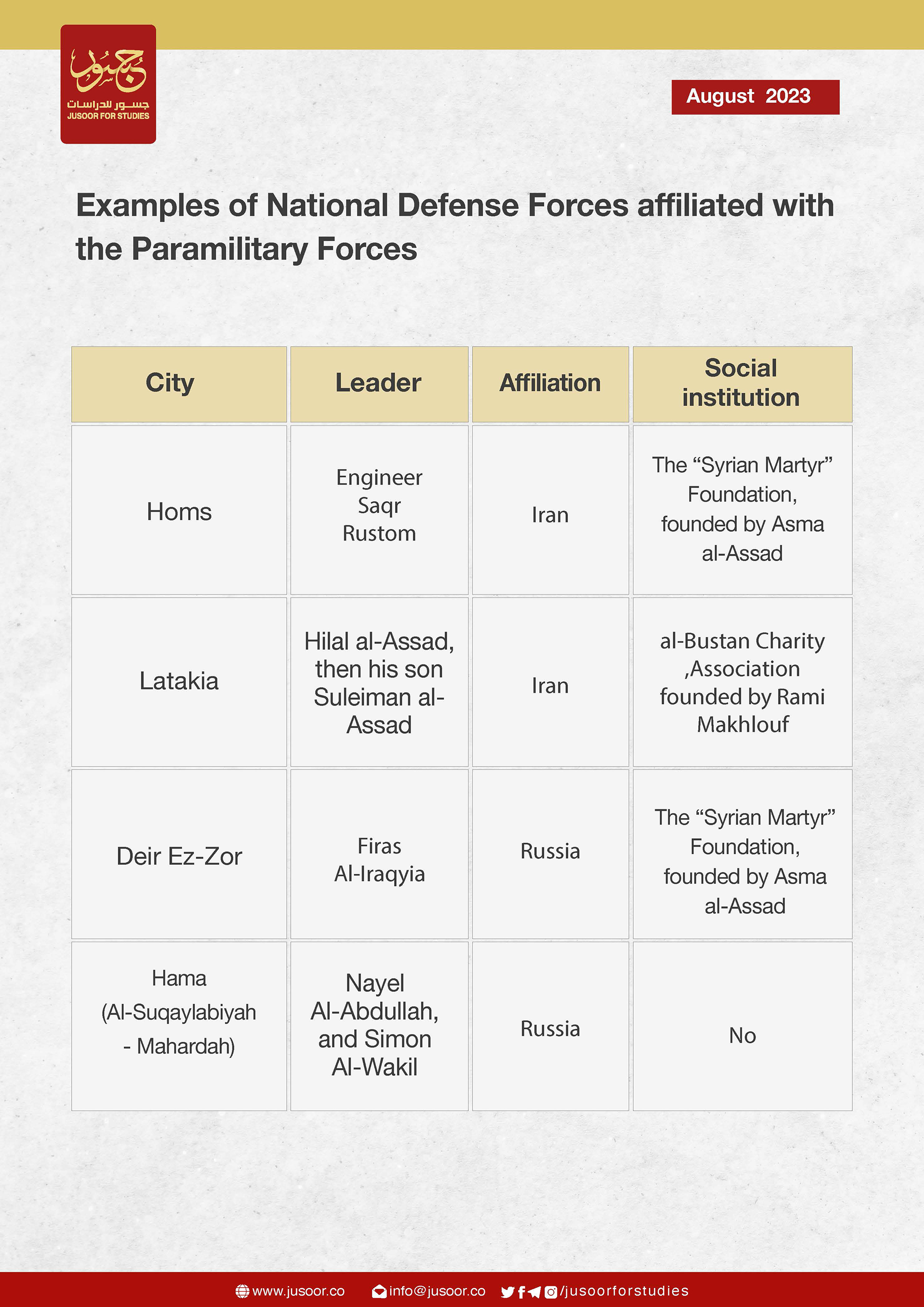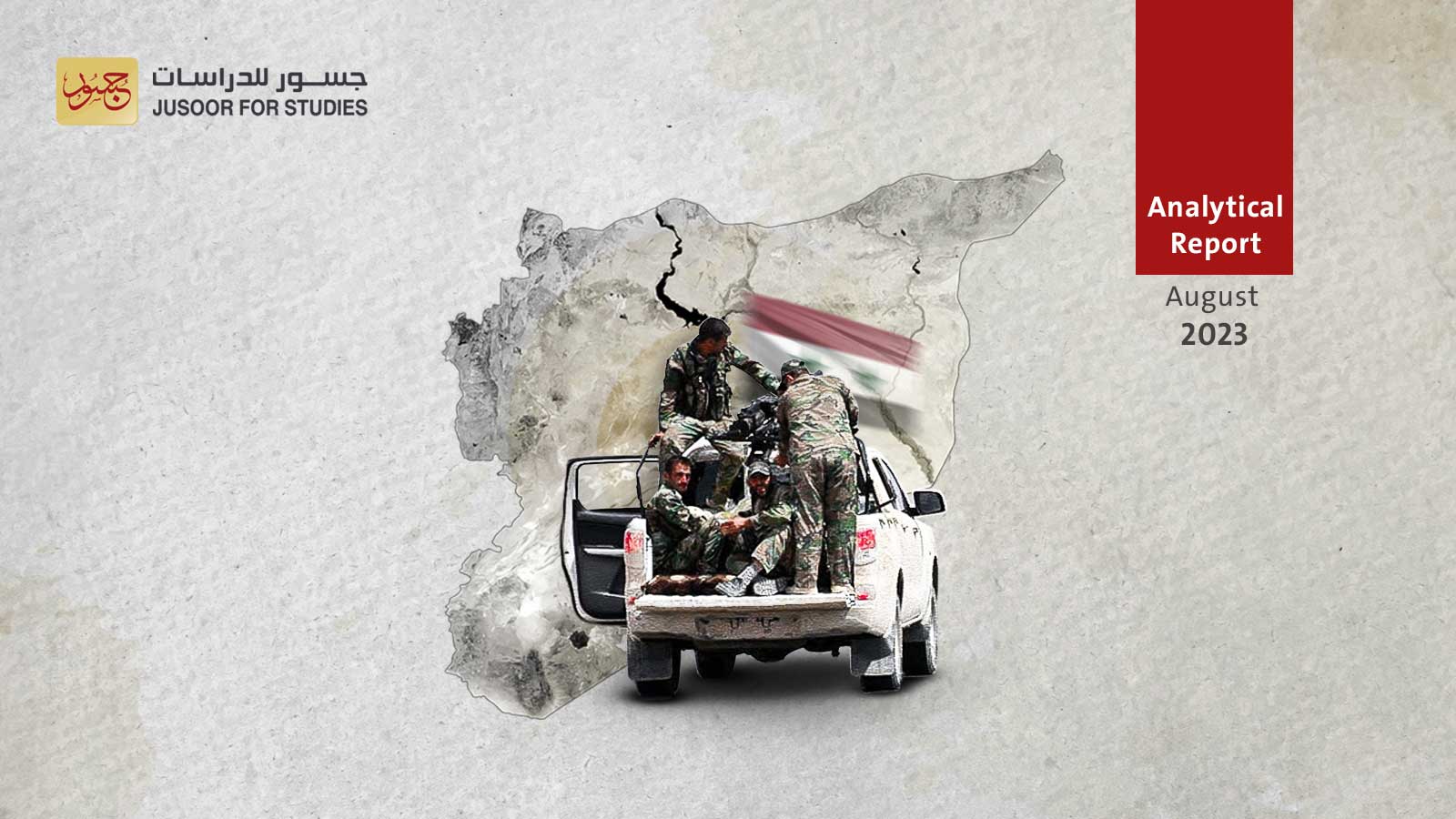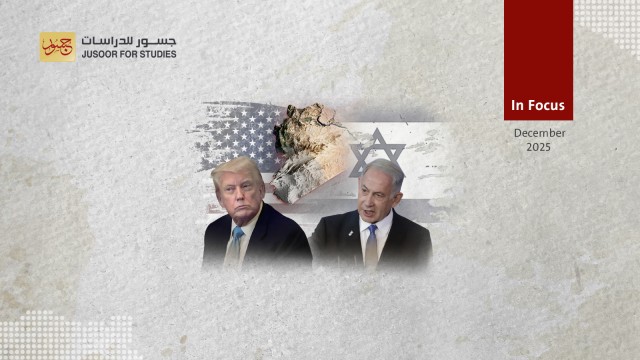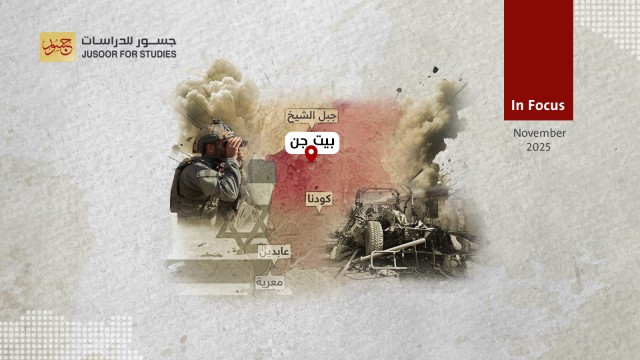The Evolution and Future of the Syrian Regime's Paramilitary Forces
In the initial phases of the 2011 popular uprisings, the Syrian regime quickly identified the evasion of mandatory military service as a persistent issue plaguing the Syrian army. In response, the regime issued Legislative Decree No. 104 in 2011, which modified the Mobilization Law No. 64 from 2004. This new decree endowed the President with broadened powers, not present in the previous one , allowing for interpretations aligned with the regime's goals. This shift paved the way for the formation of local militias, subsequently termed as the "paramilitary forces", which operate in defense of the regime and remain exempt from the standard military service regulations.
The recruitment process for the paramilitary forces remains shrouded in ambiguity. The regime did not adhere to the standard regulations and laws of the "service systems" within the armed forces when dealing with them, particularly in terms of financial, moral, and medical benefits. Casualties and fatalities from these forces were treated almost as beneficiaries of discretionary grants, given the regime's awareness of their formation outside of legal boundaries and their lack of direct ties to the state. Instead of regular compensations channeled through official institutions, their benefits were managed in a more civilian manner, facilitated by various associations.
This report explores the character of militias labeled as the paramilitary forces, examining their combat principles, their internal organizational dynamics, their relationship with the regime and its allies, and contemplates their eventual fate.
The report's importance stems from its spotlight on militias established outside of conventional legal boundaries, examining the regime's approach and its allies' interactions with them, particularly as they proliferate similarly to formal military units.









